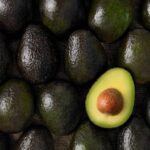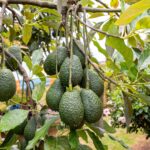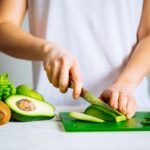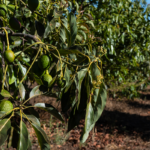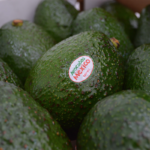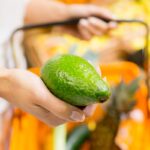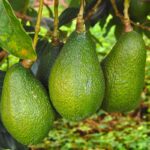The Hass-Horn: October-December U.S. avocado supply outlook
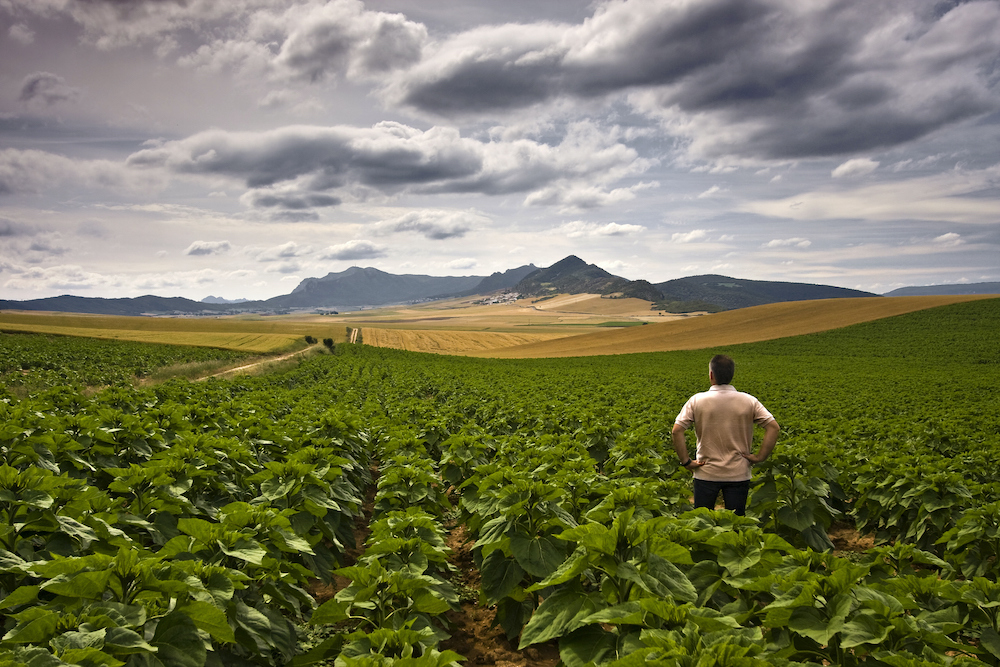
By avocado expert Avi Crane
The Hass avocado market in North America is ending the third quarter of 2012 with per capita consumption at an all time high. Annualized, weekly consumption these past 90 days is 1.7 billion pounds, or the equivalent of 64 million 11.3kg cartons. The percentage of households consuming Hass in the East Coast, South East and Eastern U.S. markets, as well as in Western Canada, continues its remarkable rise. Meanwhile, in the core markets for Hass consumption west of the Mississippi River, per household consumption is also reaching records.
The third quarter was a "perfect" storm - a large Hass crop in the U.S.A., an abundant Flor Loca set in Mexico and the first full season of Peruvian Hass in the market. However, the volume did little to disrupt the market as, for the most part, product moved through the retail and foodservice sectors quickly, therefore keeping industry inventories manageable for the majority of the quarter.
My preliminary analysis indicates that wholesale sales, as measure in dollars, reached records these past three months. Obviously, Hass exporters in Peru had a different experience as FOB (Freight on Board) prices for their fruit dropped 50% from 2011 levels.
Fourth quarter outlook
Mexico
Hass from Mexico (Michoacán) will the primary source of Hass Avocados in North America during the last quarter of 2012. Initial projections are that the volume available for the Hass harvest in Mexico during this period exceeds anything we have seen in the past. The harvest and packing potential of the Mexican industry has yet to be tested. I believe that any past weekly shipment records did not come close to challenging the avocado infrastructure in Michoacán.
However, as in the past, I foresee that the sustaining strength of the local producer's organizations will result in harvest limitations or even harvest cessation should volume result in a price decline in the field. For example, this week (week 39) the average returns to producers in Michoacán will reach MXN15 (US$1.16)/kg after dropping to as low as MXN10 (US$0.77)/kg at the start of last week.
The cause: harvest was cancelled for a 24-hour period last week until it was confirmed that no packing house was shipping "Aventajada" to the U.S. market. Then field prices demanded by producers harvesting "Flora Loca" rose immediately at the end of the week.
In this quarter, weekly shipments of Mexican Hass to the U.S. will be in the 21.5 million pound range, or 535 trucks' worth.
Currently, the Hass harvest in the U.S.A. going on in the coastal areas north of Los Angeles. Typically, shippers don't risk sending this late season fruit to markets that are more than a 24-hour ride away; even more so in 2012, which saw record temperatures during late August and most of September. While this author has maintained that the industry crop estimate for the 2012 Hass crop in California is low by up to 10%, the remaining on-tree crop (which will be harvested through the end of November) is not enough to supply to the high consumption market of California and other neighboring markets.
The weekly harvest of U.S. Hass in the fourth quarter 2012 is projected to peak in October with an average of seven million pounds per week (280,000 cartons). Volumes in November (old crop) and December (new crop) will average less than two million pounds (80,000 cartons).
As of this writing, no industry estimate of the 2013 U.S. Hass crop has been issued. The favorable climatic conditions during the fruit flowering period (late March to mid-June) have resulted in a very abundant fruit set. Based on past production, the average yield per tree could exceed 35kg.
Water costs for Hass growers in California are the highest among the Hass suppliers in the US market. Industry studies have shown that, on the average, irrigation costs represent 80% of all production costs, including harvest costs, for avocados grown in California. Due to this factor, in the past, above average temperatures during the late summer have typically reduced the on-tree crop as growers did not irrigate enough to support the juvenile set or their irrigation regime could not keep up with the severe hot temperatures.
With winter ahead, other factors (cold weather, wind) could further reduce the on-tree crop.
This author forecasts that the U.S. Hass volume for 2013 will most likely be similar to the 2012 volume - around 400 million pounds (16,000,000 cartons). And based on current demand estimates for Hass in the U.S., this is a 12-14 week supply.
Chile
At the time of writing, most exporters of Chilean avocados were reluctant to ship to the U.S. market due to the projected returns. During September 2011, Hass from Chile represented 24% of the total volume in the US market. This year, Chilean Hass had less than a 1% market share. Virtually all of the harvest from the northern districts with early Hass has gone to other markets - mainly the domestic market.
While some industry sources might disagree, this author estimates that the current on-tree Hass crop in Chile exceeds 300 million pounds (12 million cartons). Even considering alternative markets, the volume that would be pushed on the domestic market will far exceed current per capita consumption levels in Chile, which already has the highest per capita consumption of avocados in the world after Mexico. Domestic per capita consumption during the Chilean Hass harvest period would have to triple in order to move 80% of the crop in the domestic market.
This, I believe, could be accomplished, but only with a per kilo return to the producer that would be below production costs. As in the U.S., Hass producers in Chile who have high production or financing costs will continue to be challenged as weekly supply levels in their local and export markets remain in sync and, therefore, market returns stabilize at current levels.
In the last quarter of 2012, exporters of Chilean avocados will have an opportunity with West Coast arrivals. Weekly arrivals of six million pounds (125 containers) should result in FOB sales similar to current levels.
Dominican Republic
The Dominican Republic is a "boutique" player in the U.S. Hass market. While this Country has a massive production of Green Skin avocados, its Hass production is limited. I have traveled around the Hass fields in the Dominican Republic a number of times.
 I am impressed by the quality of the crop on the tree and the improvements I have seen over the past 10 years in postharvest procedures. The volcanic soil and weather conditions closely mirror those of Michoacán, Mexico.
I am impressed by the quality of the crop on the tree and the improvements I have seen over the past 10 years in postharvest procedures. The volcanic soil and weather conditions closely mirror those of Michoacán, Mexico.
With very low production and shipping costs, Dominican Hass is very competitive in the market. Today, Dominican Republic Hass arrives in the U.S. after a short two to three-day ocean ride. The current crop, I forecast, could reach 15 million pounds (600,000 cartons) or 12 containers, 50% of which will be shipped during the last quarter of 2012.
Conclusion
In conclusion, I predict that the total weekly Hass volume shipped to the USA from Mexico (70% of total), along with the Hass volume from other sources in the fourth quarter, will be at or slightly below demand. My analysis now forecasts weekly demand (at a price acceptable to Hass Producers) in the U.S.A. has reached 32,500,000 pounds.
Therefore, FOB prices for Mexican Hass Size 48 in South Texas are forecasted to be in the US$24-28 range during the last 90 days of 2012.
The two charts in this article denote the total Hass supply projection in the U.S.A. during the fourth quarter of 2012. The total industry size curve for 60s and larger, should be in sync with demand by size. However, the current demand by the retail sector for size 70 and 84 will exceed the supply.
The Hass marketplace, influenced by both the field and the market, continues to show a remarkable ability to maintain relative price stability as supply increases. The Hass Avocado Board and its allied associations, continue to successfully promote Hass to a market where consumers are attracted to this healthy and tasty product.


















